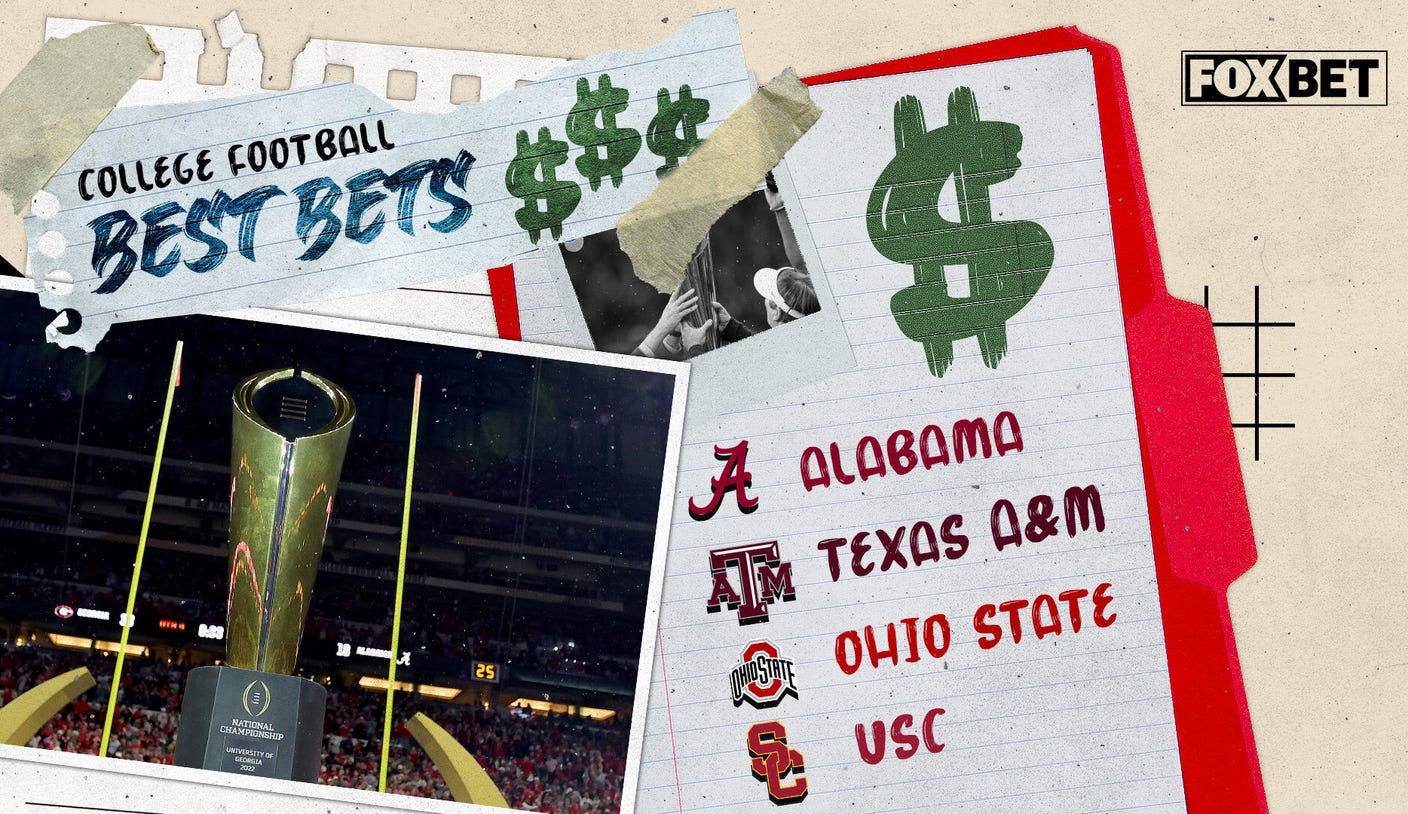
The global sports technology company will integrate its suite of sports data offerings into the Admoni demand-side platform, which will enable brand marketers and ad agencies to activate programmatic digital out-of-home campaigns. This includes content such as betting odds and other sports data.
The industry-first partnership means sports advertisers can place ads on real-world screens from over 210 media owners in 28 countries. This can be across various screen formats, including digital roadside billboards and screens on the tops of ride-share vehicles, as well as inside venues such as gyms, bars, restaurants, and convenience stores.
“As consumer habits shift, it’s important to consider fresh perspectives for advertising and how we can maximize the data and technology that we have at our fingertips to deliver a more engaging experience overall,” said Arne Rees, US CEO, Sportradar. “Digital out-of-home advertising is a powerful medium for dynamic ads, which is why it’s a key piece of our ads business and offering.
“We are delighted to partner with a market leader like Adomni to leverage our sports datasets and technology with their 500,000+ connected screens to deliver fresh, relevant sports and sports betting ad content, at scale.”
Jonathan Gudai, Adomni CEO, commented: “In today’s modern advertising marketplace, advertisers are increasingly looking at new and better ways to reach their target audience with relevant, attention-grabbing content. We are excited to partner with Sportradar, the leading global sports data and technology company, to make digital out of home ad content more engaging and actionable.”
WynnBet has been an early adopter of the partnership, using features such as turning ads on or off based on game schedules or sports betting trends, with WynnBet Head of Paid Media Kris Cichoski saying: “The ability to incorporate the odds that Sportradar is providing to WynnBet in our social ad channels and programmatic display ads as well as our out of home creative, gives us a nice mix of high-level branding and call-to-action performance which makes the creative more relevant. This is a game-changer.”



